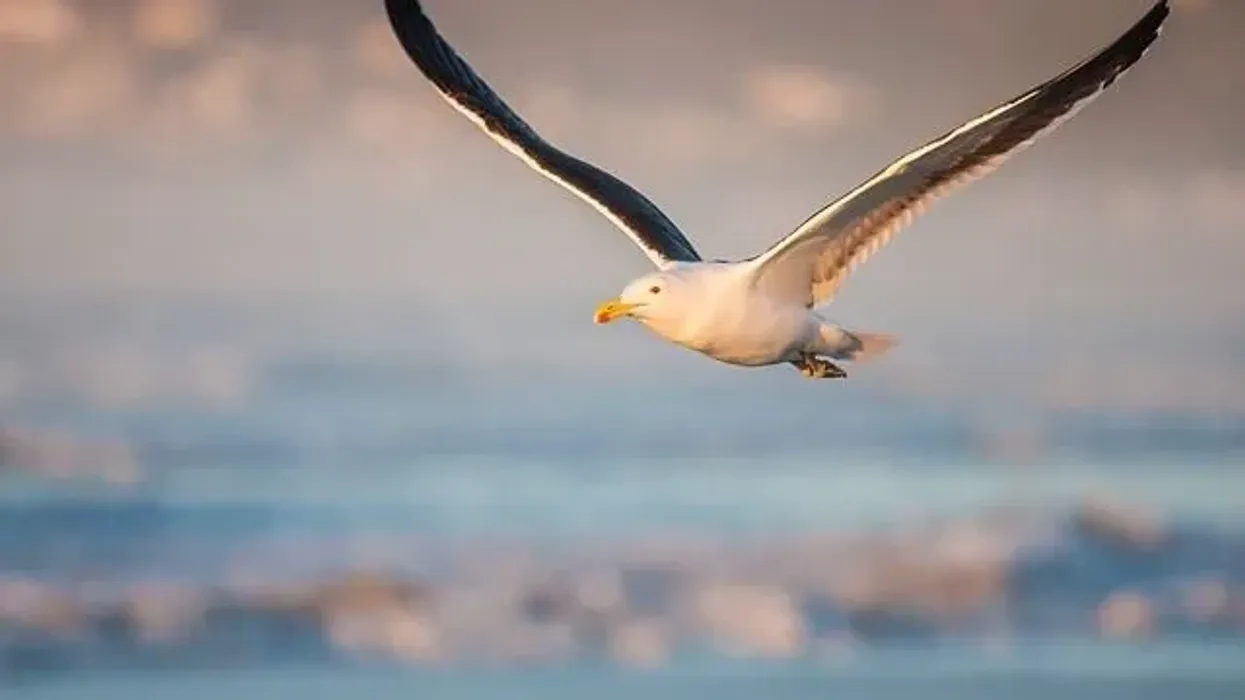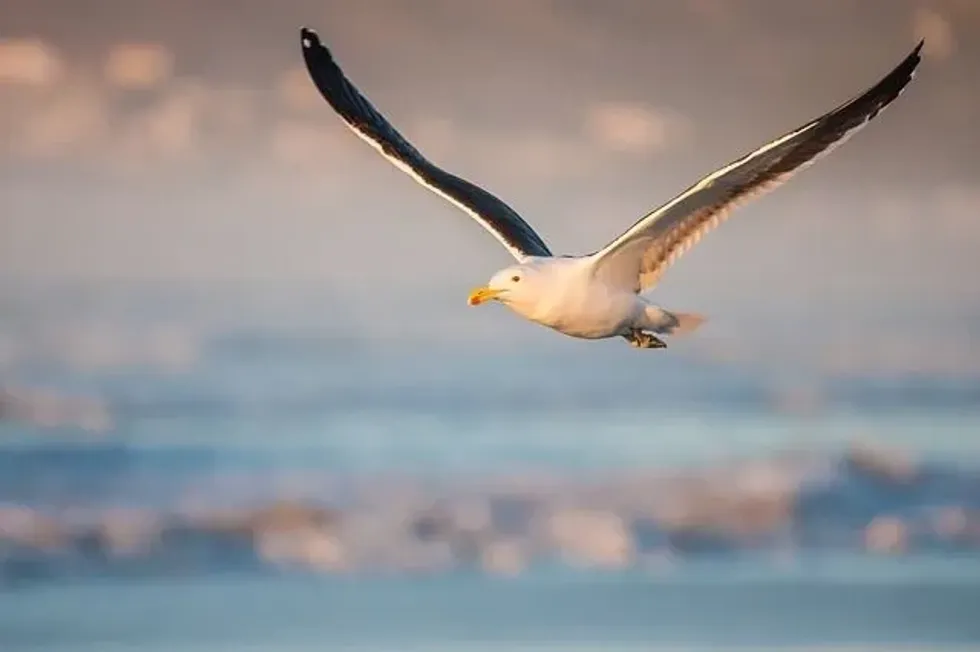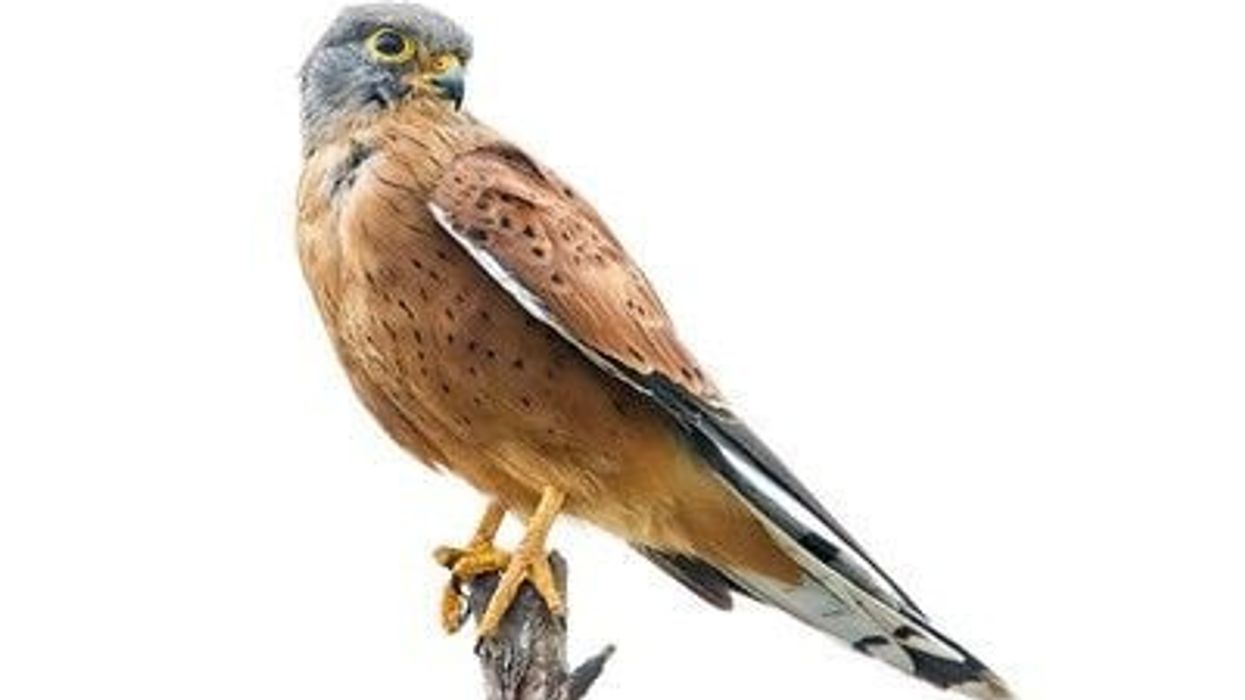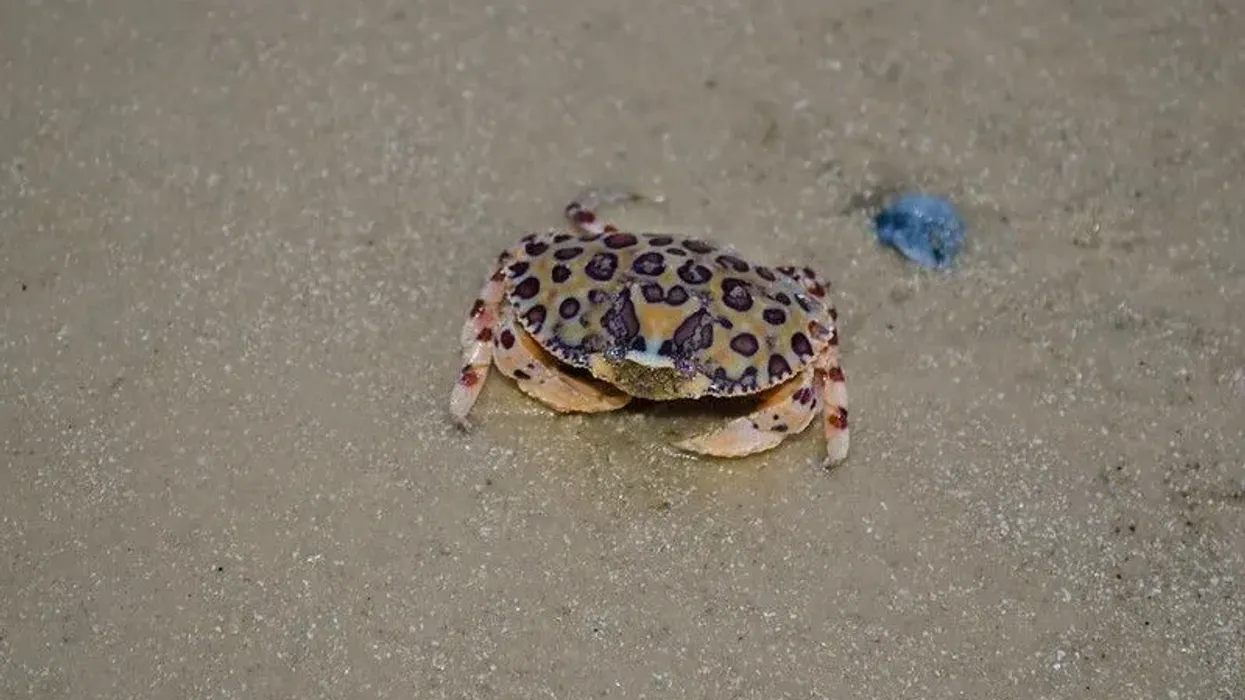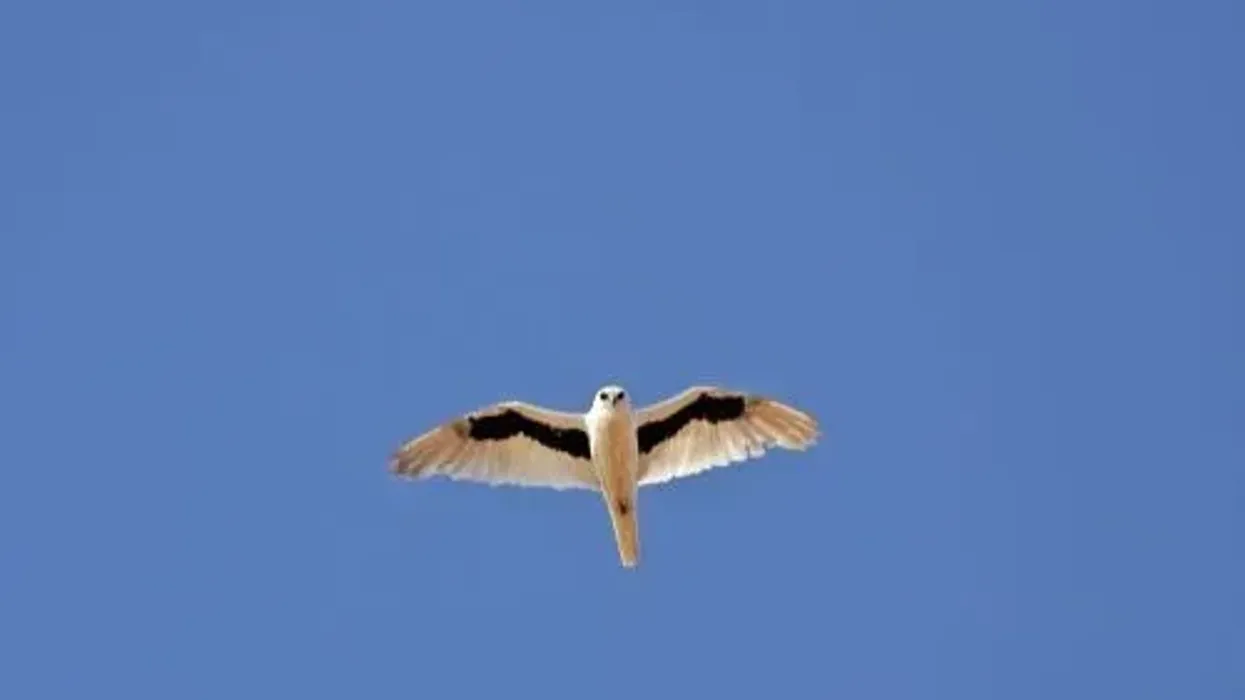The Kelp Gull (Larus dominicanus) is a collective species of birds that contain 4-5 subspecies, all of whom exist in the Southern Hemisphere. Kelp Gulls are birds that are found in the coastal areas of places in South America such as the Falkland Islands and the South Georgia islands.
Kelp Gull range also includes Antarctica, New Zealand, Australia, Madagascar, South Africa, and Namibia. They have a white head and are largely black and white with males closely resembling the females.
It lives in colonies but is territorial about its nest. They are known to have loud calls.
The Kelp Gull birds get their name from the Kelp forests, which are the main feature in the algal ecosystem of the coast they inhabit.
As majestic as these birds look, they are natural predators and scavengers. They feed on a variety of other creatures such as fish, reptiles, and arthropods as well as bigger creatures such as right whales and large birds like geese.
It feeds on carrions and loiters around rubbish, slaughterhouses, and farms. Their populations are presently stable and they are considered to be a species of 'Least Concern' by the IUCN.
Here at Kidadl, we have carefully created lots of interesting family-friendly animal facts for everyone to discover! Learn more about some other animals, including the Rockfish or the brain coral here.
Kelp Gull Interesting Facts
What type of animal is a Kelp Gull?
The Kelp Gull (Larus dominicanus) is a gull.
What class of animal does a Kelp Gull belong to?
The Kelp Gull (Larus dominicanus) species belongs to the bird (Aves) class of animals.
How many Kelp Gulls are there in the world?
The Kelp Gull population is expected to be around 3,300,000-4,300,000 individual birds in the world.
Where does a Kelp Gull live?
The Kelp Gull (Larus dominicanus) bird species lives near the coast alongside water bodies such as oceans, lakes, and rivers.
What is a Kelp Gull's habitat?
The Kelp Gull species inhabits waters near the coast but also inland water bodies such as lakes, around which it favors roosting and feeding. Its range is extensive and it is known to inhabit lakes that are inland in the Argentinian Andes, the mountain lakes of New Zealand, and the coastal South African waters.
Another common habitat in its range is the islands, headlands, sea cliffs, and beaches.
Sometimes, they occur in urban lands as well. In the Falkland Islands of its range in South America, the Kelp Gull lives on shingle beaches, sand, coastal plains, and grasslands.
Who do Kelp Gulls live with?
The Kelp Gull species lives in colonies. It also is found in pairs as it forms monogamous bonds but only for the mating season.
How long does a Kelp Gull live?
A Kelp Gull lives around 20 years.
How do they reproduce?
Kelp Gulls reproduce by breeding and laying pale olive eggs. The breeding season usually lasts from September to January. Anywhere from 12-100 pairs breed in colonies. A nest of plants and seaweeds is made on sand, rocks, and vegetation.
3-4 eggs are laid by the females. These pale eggs are incubated by both adults for 24-30 days. After hatching from the eggs, the young develop feathers after 7 weeks but are fed by their parents for 12 weeks.
What is their conservation status?
Since their population is stable, the Conservation Status of Kelp Gull birds according to the International Union for Conservation of Nature is 'Least Concern'.
Kelp Gull Fun Facts
What do Kelp Gulls look like?

A typical adult Kelp Gull bird has upper parts that are black and white. The black upper wing has a trailing white edge and the tips of the wings have white patches. It has a white head and the neck, underparts, and tail are white too.
The bill of the Kelp Gull is yellow with a gonydeal angle which is red. The yellow eyes are by a red eyering.
They have webbed and legs, both of which are greenish-yellow. Brown mottling is observed on the head and neck of adults during non-breeding times. Both the females and males of the Kelp Gull species look similar.
The juveniles of the species look different than adult birds. They are dark brown and buff. Their head, back, underparts, and neck have whitish speckles. The flight feathers and steering feathers (rectrices) are also dark brown and buff.
The feathers on top of their wings (scapulars), and the secondary feathers have white tips. The tail and rump of a juvenile have white in them. It gains adult plumage in its fourth year.
How cute are they?
Kelp Gulls are very beautiful and majestic birds. They display gorgeous uniform colors and very impressive wingspans. Their bodies are adorned with striking white, black, yellow, and red colors. A flock of around 100 birds during mating season is a sight to behold.
How do they communicate?
Kelp Gulls communicate via various calls and sounds, not unlike most other gull species. It makes a loud “kee-och”, a sad “yo-yo-yo-yo-yo”, and a repetitive “kwee-ah, kwee-ah, kwee-ah”.
Kelp Gulls are very loud while feeding and in the breeding season. Hostile interactions between Kelp Gulls are also very loud.
How big is a Kelp Gull?
A Kelp Gull has a wingspan of 51-56 in (128-143 cm), and a length of 21-26 in (54-65 cm), which makes it two times as big as the Little Gull.
How fast can a Kelp Gull fly?
A Kelp Gull may fly as fast as 15-28 mph (24-45 kph).
How much does a Kelp Gull weigh?
A Kelp Gull weighs anywhere between 2-3 lb (0.9-1.3 kg).
What are the male and female names of the species?
The males and females of the Kelp Gull species do not have specific names.
What would you call a baby Kelp Gull?
A baby Kelp Gull would be called a chick and a nestling after being born, and a fledgling before adulthood.
What do they eat?
Kelp Gulls are omnivores who eat a varied diet consisting of right whales, shellfish, mollusks, worms, arthropods, smaller mammals, and other fish, and berries.
Are they dangerous?
A Kelp Gull can be relatively dangerous to humans. It only strikes, bites, and pecks when its nest is threatened or if it feels like it needs to defend itself. They are also known to grab food out of human hands, and when they do they pass on bacteria such as E. Coli.
Also, they are predators and scavengers of the wild by nature and are very dangerous to other animals in its coastal ecosystem.
Would they make a good pet?
They would most definitely not make good pets since they are predators and scavengers in the wild. They are also very territorial and are known to fight and sometimes feed on chicks of their species.
Did you know...
Kelp Gulls belong to the family Laridae and order Charadriiformes. The order Charadriiformes contains about 350 species of birds.
The red tip on Kelp Gull's bill is a result of evolution.
Despite the name, Kelp Gulls rarely eat kelp.
Why is it called Kelp Gull?
The Kelp Gull gets its name because of its feeding around the coastal ecosystems, characterized by the presence of Kelp Forests.
Kelp vs. Great Black-Backed Gull
The Kelp Gull and the Great Black-Backed Gull are very similar-looking species of gulls but they have a few noticeable differences. Kelp Gulls tend to be smaller than Great Black-Backed Gulls, as well as less bulky.
The primary wings of the Great Black-Backed Gull feature a lot more white than the Kelp Gulls. The legs of the Great Black-Backed Gull are pink, whereas the Kelp Gull has greenish-yellow legs.
Here at Kidadl, we have carefully created lots of interesting family-friendly animal facts for everyone to discover! Learn more about some other birds including ring-billed gulls, or hornbills.
You can even occupy yourself at home by drawing one on our Kelp gull coloring pages.

